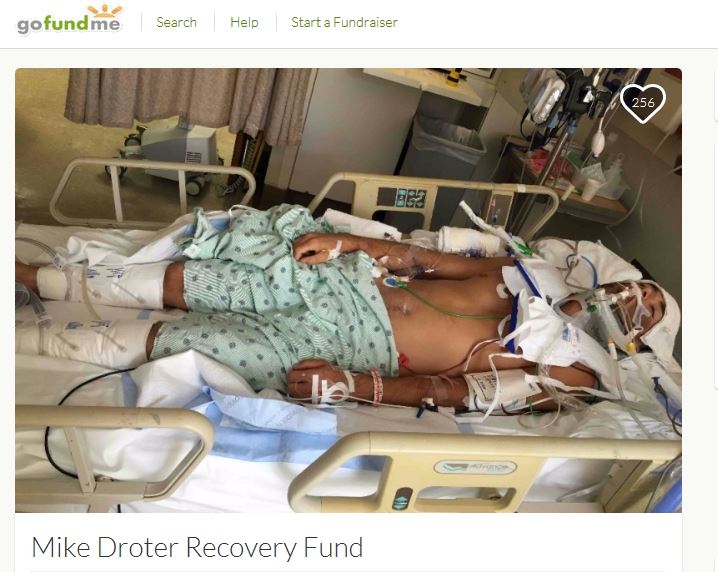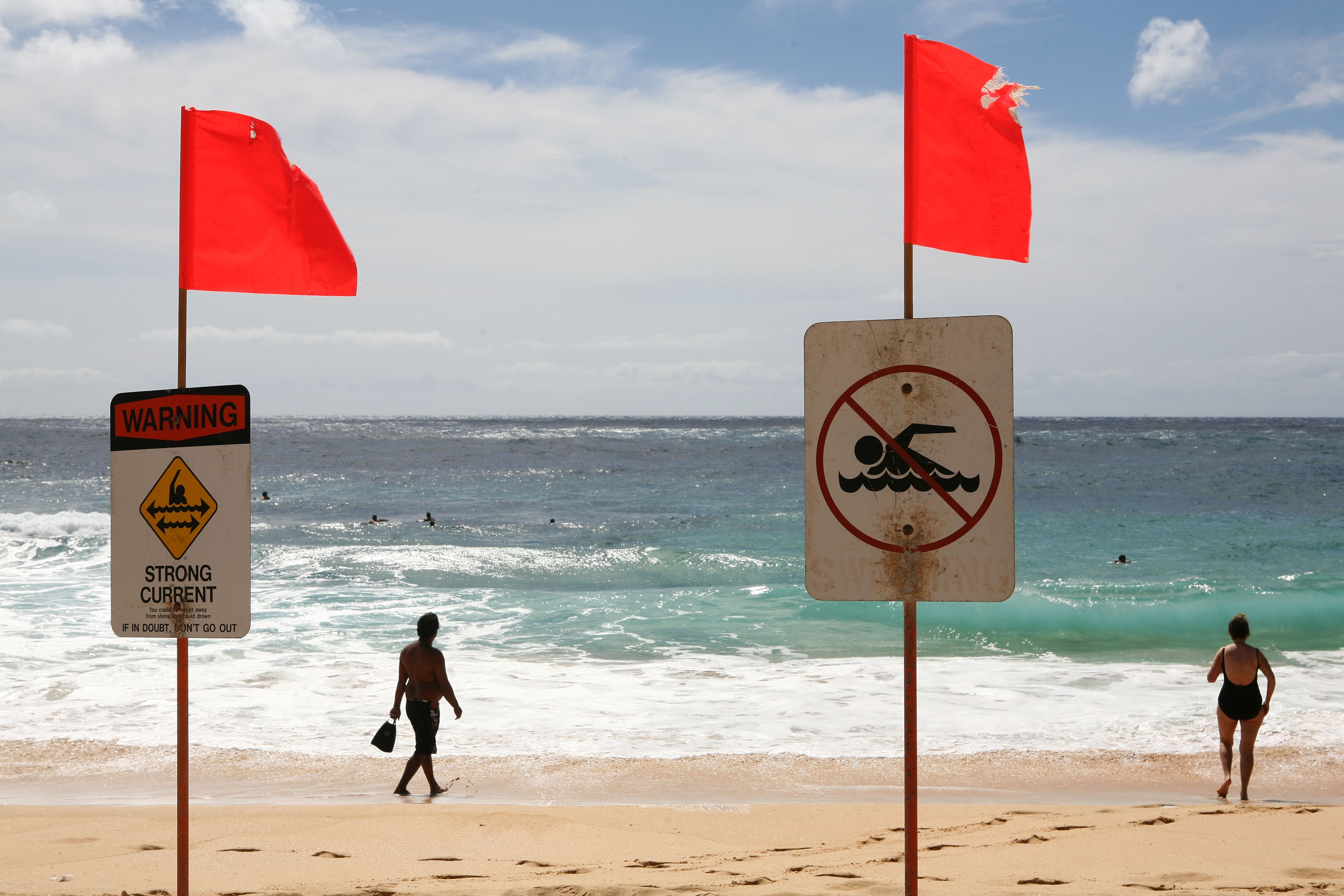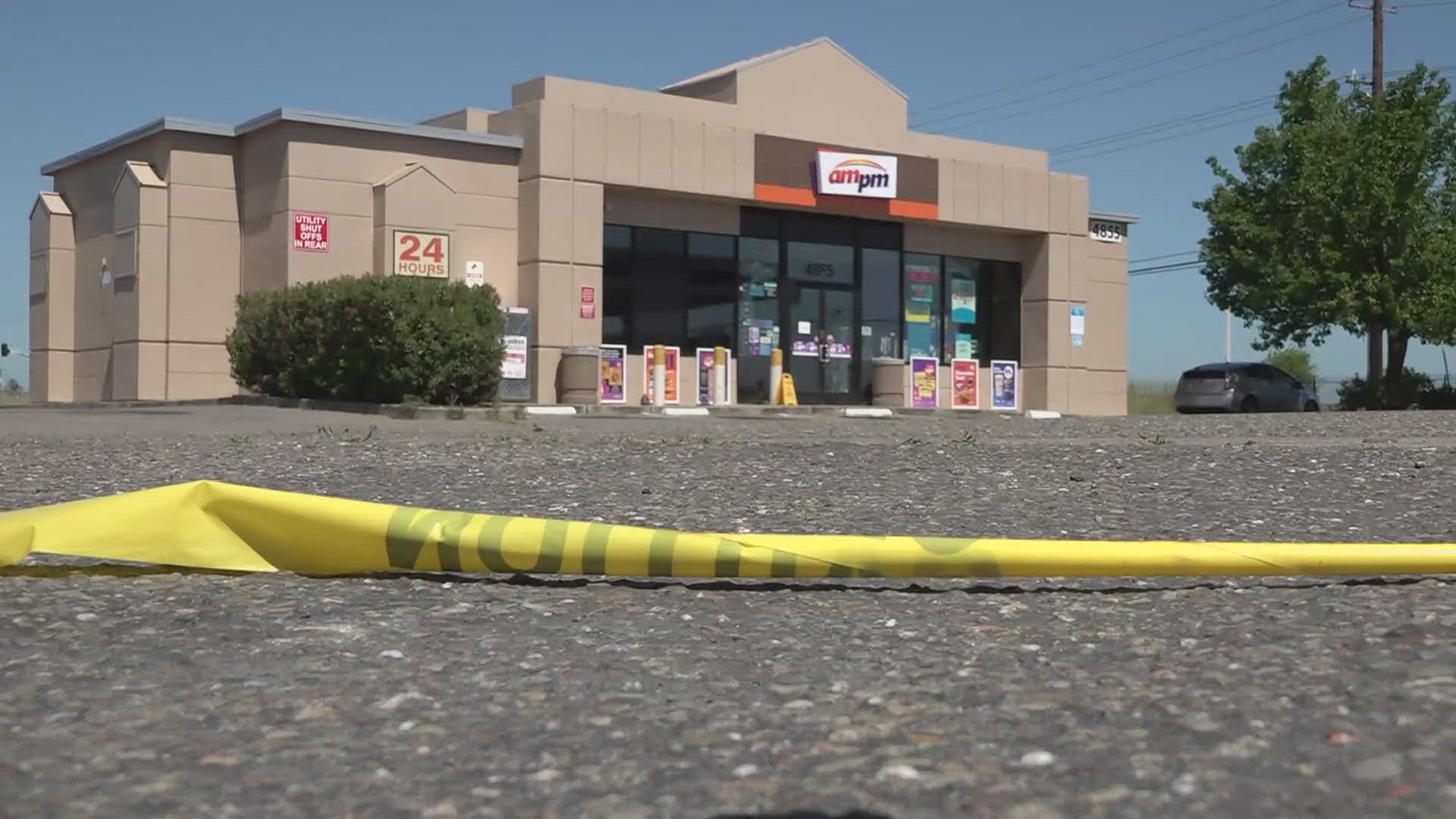President Barack Obama's favorite beach in Hawaii is known as "Broke Neck Beach" to locals.
The Oahu beauty, Sandy Beach, is notoriously dangerous and frequently spits out injured surfers. The water produces perfectly tubed waves close to the shore, making the beach a hot spot for bodysurfers.
The problem? Since the waves are in close proximity to the sand, they produce dangerous shorebreaks- slamming surfers' bodies into hard, wet sand.
"Catastrophic spinal cord injuries due to surfing, body boarding, and bodysurfing are well documented and are similar to those seen in shallow water diving accidents," said a 2013 study of beach injuries in Hawaii by A.T. Nathanson, a doctor at Brown University’s medical school.
Body boarders and bodysurfers ride headfirst often near the shore, creating a high risk for injuries to the cervical spine, according to the study.
The shorebreak at Sandy Beach is so strong, it's not recommended for inexperienced surfers to go in the water.
"It’s also the best chance you’ll ever have at breaking your neck if you have no idea what you’re doing, so exercise some critical judgment about your abilities before you attempt this," according to Hawaii-Vacation-Fun.com, a Hawaii tourist information website.
Despite the dangers, Sandy Beach is still a popular spot. In fact, in 2014, the Honolulu City Council considered renaming the beach after President Obama.
This is why many times, tourists are unaware of the injury risks in the water at Sandy Beach.
That was the case for a Citrus Heights man who was visiting Sandy Beach on Aug. 28 -- the last day of a surprise vacation he had planned for his girlfriend, Jordan Lovas', birthday.
Mike Droter, 30, was on his last bodysurf run when a tide swept him under, knocked his head back, and immediately broke his neck, according to his close friend and roommate, Shaun Deitzel.
Droter has a complete C1 and C2 spinal injury meaning he has very little chance of regaining mobility or feeling from his neck down. He may be on a breathing tube for the rest of his life.
"He's 100 percent paralyzed," Deitzel said. "With prayers and miracles he may regain feeling."

Lovas, 28, said she wasn't aware locals called the beach "Broke Neck Beach" until after the accident.
"A local told us to try out [Sandy] beach if we liked big waves and nice scenery," Lovas said. "Who would say no to that? We didn't know it was dangerous."
Droter was rushed to The Queen's Medical Center in Honolulu where Lovas learned her boyfriend's injury was not uncommon. The entire trauma team was waiting for their arrival after the accident, according to Lovas. They told her they see these type of injuries all the time because of Sandy Beach.
"They said 'Sandy's hit again,'" Lovas said. "It amazes me a local would tell us to go there."
There were 208 spinal-cord injuries due to 'ocean activities,' such as bodysurfing and body boarding-- in Hawaii between 2009 and 2013, according to Hawaii's trauma registry. That's 33 percent of all spinal-cord injuries in Hawaii. Of those injured, 78 percent were non-residents.
Sandy Beach accounted for 16 of the spinal-cord injuries from ocean activities, making it the location with third highest number of these type of injuries in Hawaii. Makena Beach in Maui took the lead with 22 injuries, followed by Hapuna Beach on the Big Island with 18 injuries.
Although there are many warning signs and lifeguards on Sandy Beach, many visitors still underestimate the power of the shorebreak.

It's a common, sometimes tragic mistake. One that Lovas will never forget.
"[Emergency responders] told me not to look at him because just looking at him was a horrible sight," Lovas said. "There was no color in his whole body. It looked like he had come out of a morgue."
Droter is still at the Honolulu hospital with Lovas at his side. He's waiting to become well enough to travel while his family searches for the right rehab center. It could take anywhere from a few days to a month to find a rehab center that specializes in Droter's injuries, Deitzel said.
"We're not sure how much insurance is going to cover," Deitzel said. "We know his expenses are going to be crazy. Just the flight home is expensive."
A GoFundMe page is set up for Droter's recovery. So far, the page has received nearly $12,000 in nine days.
The page says the couple's employers, Jiffy Lube in Citrus Heights and European Wax Center off Sunrise Blvd. in Fair Oaks, are also working to help.
Deitzel said Droter is awake and can communicate and whisper. He can also nod yes or no.
"The main goal right now is to get him off the breathing tube," Deitzel said. "That way he can breathe and eat on his own- right now he's on a feeding tube."
Beach Hut Deli on Greenback Ln. in Citrus Heights will be holding a benefit Saturday, Sept. 24, from 4 p.m. to 8 p.m. Beach Hut is giving 20 percent of the day's proceeds to Droter's family.
"He's in high spirits," Deitzel said. "He's never felt so much love from friends and family in his life. It's making him want to fight."

